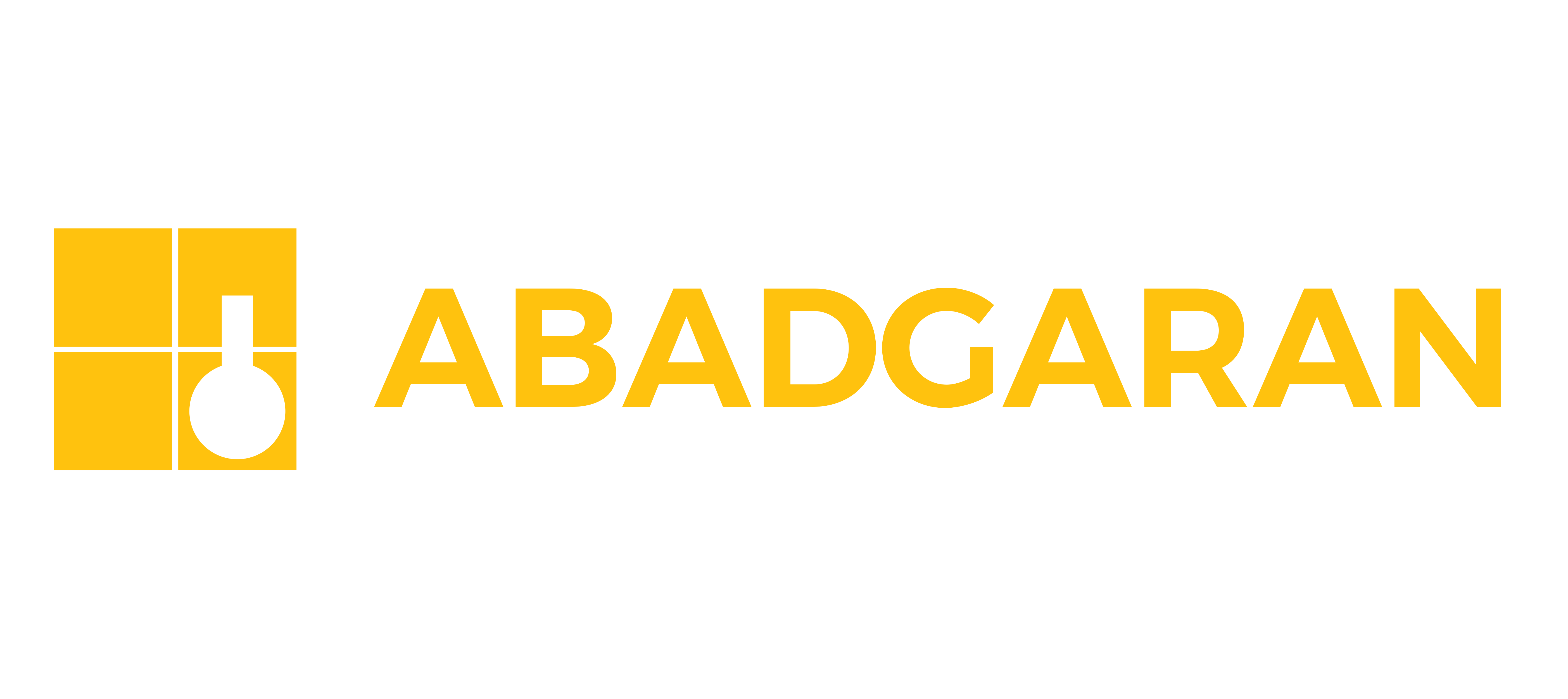Foundation Support Based on Geotechnical Conditions
Depending on the site's geotechnical conditions, equipment foundations can be supported on soil, rock, piles, or drilled piers. The construction contractor performs the subsurface preparation, which is then approved by the geotechnical expert. Adjustments are made according to the progress of the work. The execution area is prepared in a manner consistent with the design and with special attention to the soil’s engineering properties. Compaction or consolidation of soft soils is commonly used to increase bearing capacity and reduce settlement potential.
In many cases, unsuitable soils are removed and replaced with compacted, sound materials that meet design requirements. When soil replacement or improvement is not feasible, piles or drilled piers are used to transfer foundation loads to suitable soil or rock.

Specialized Subsurface Preparation and Improvement
The contractor must prepare the site according to the assumptions and parameters used in the project. Analysis of subsurface preparation and relevant treatment may be required for one or more of the following reasons:
- If boreholes, field tests, and observations along with subsequent laboratory testing determine the need for subsurface improvement.
-
- If boreholes reveal inconsistent and heterogeneous conditions requiring local repairs.
-
- If a detailed review of the foundation borings shows conditions different from those generalized from borehole data, requiring special, typically localized, preparation and treatment. Non-uniform conditions may lead to uneven settlement or tilting of the foundation.

Common Subsurface Preparations and Improvements Include:
- Unstable Excavation Slopes – These may be stabilized through slope flattening, benching, dewatering, grouting, freezing, or chemical grouting.
-
- Bedding Planes – Excavation along slopes parallel to bedding planes is avoided; slopes may be flattened or proper bearing supports introduced.
-
- Wet Excavations – Groundwater is typically lowered below the excavation floor using deep well pumps or well points.
-
- Organic Materials or Unstable Soft Clays – These are typically removed and replaced with appropriate, compacted fill providing the required foundation performance characteristics. Alternatively, piles or drilled piers may be used to transfer loads to bearing strata.
-
- Fissured Rock – The extent of fissures is evaluated to determine the need for corrective treatment. Geotechnical service providers may recommend solutions like pressure grouting or rock anchoring for some fissure types.

Foundation Placement Tolerances
Foundation placement tolerances largely depend on the type of equipment being supported and are specified by engineers in the drawings or specifications. During concrete placement, the contractor must use templates to support anchor bolts and other embedded items that require precise positioning.

Forms and Piles
- General Formwork Requirements – Forms and piers for concrete foundations must comply with the recommendations of ACI 347R. If needed, provisions from ACI 301 must be specified.
-
- Formwork – Must support concrete loads, impact loads, and temporary construction loads. Lateral bracing may be required to resist side forces.
-
- Forming Systems for Tall, Large Foundations – Temporary formwork systems are commonly used. In special cases, permanent systems may be employed.
Equipment Foundation Grouting
Construction Joint Sequencing
The size of many equipment foundations prevents a single-stage pour. Structural joints divide large foundations into smaller units. These joints help reduce internal heat from hydration and shrinkage cracking. To maximize benefits, the contractor should place alternating foundation sections and allow them to cure before placing the intermediate ones.
Grouting
- Grout Types – There are two main grout bases: cementitious and polymer (epoxy-based). Cementitious grouts are less expensive, while epoxy grouts offer better resistance to chemicals, impact, and vibratory loads.
- Applications – ACI 351.1R contains grout application details. When selecting a grout type, the engineer must consider the specific properties of each type along with site limitations, matching them to the job's specific requirements. For cementitious grouts, the engineer should consider flowability and physical properties such as volume change, compressive strength over time, stability, and working time. For epoxy grouts, the executing specialist must also consider creep and temperature-induced volume changes in addition to the factors mentioned above.
The construction specialist should review the equipment base design, grout placement access, spacing, and anchor bolt design. Most commercial grouts are pre-packaged and come with manufacturer instructions on surface preparation, formwork, mixing, placement, and curing.
References



![]()




